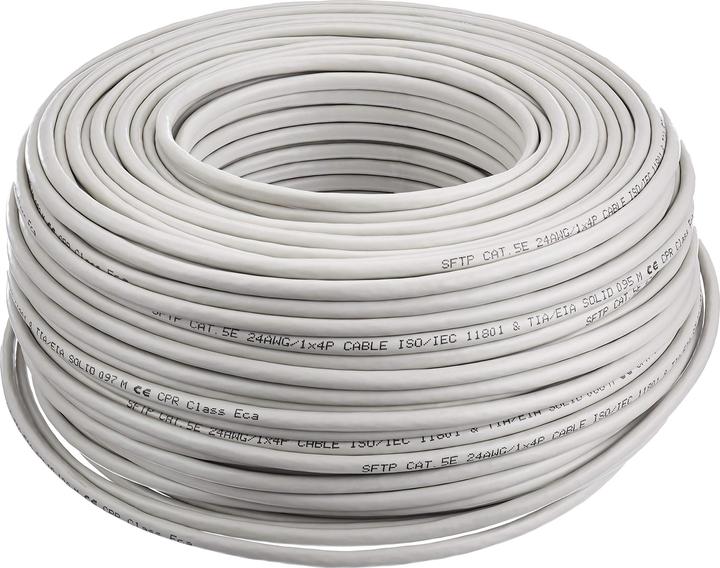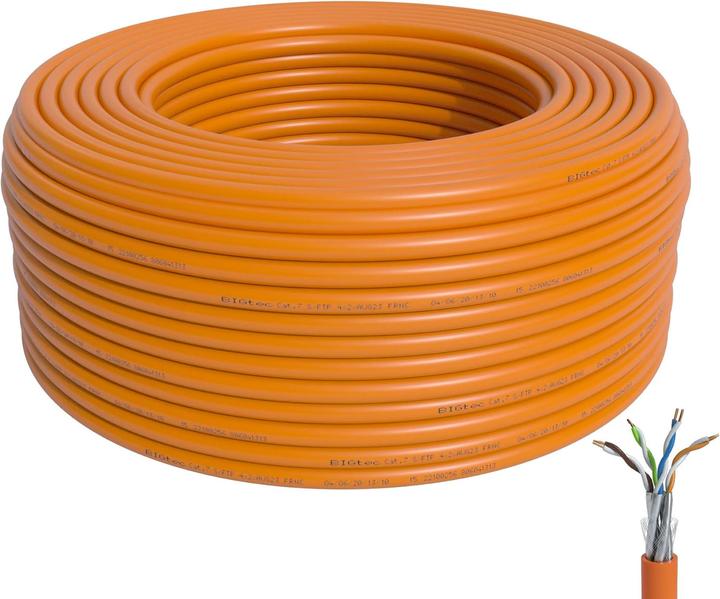
Too Many Network Cables? Here's How to Choose the Right One
Discover five key factors to consider when selecting the perfect network cable for your needs.
Last updated 2 days ago. Automatically generated content.


Select options and limit the number of products
Patch cable type determines the material and construction of network cables, impacting data transmission speed and reliability. Choosing the right type is crucial for ensuring efficient network performance and meeting specific connectivity needs.
Popular options (you can select more than one)
Copper cable
Typical price
9.– to 27.–Made from copper, offering excellent conductivity and flexibility for various applications.
Suitable for short-distance connections and cost-effective solutions, ideal for home or small office networks.
Bestseller
Fibre optic cable
Typical price
17.– to 68.–Utilizes glass or plastic fibers to transmit data as light signals, providing high-speed and long-distance connectivity.
Recommended for large-scale networks where high bandwidth and low latency are essential, like data centers and internet service providers.
Bestseller
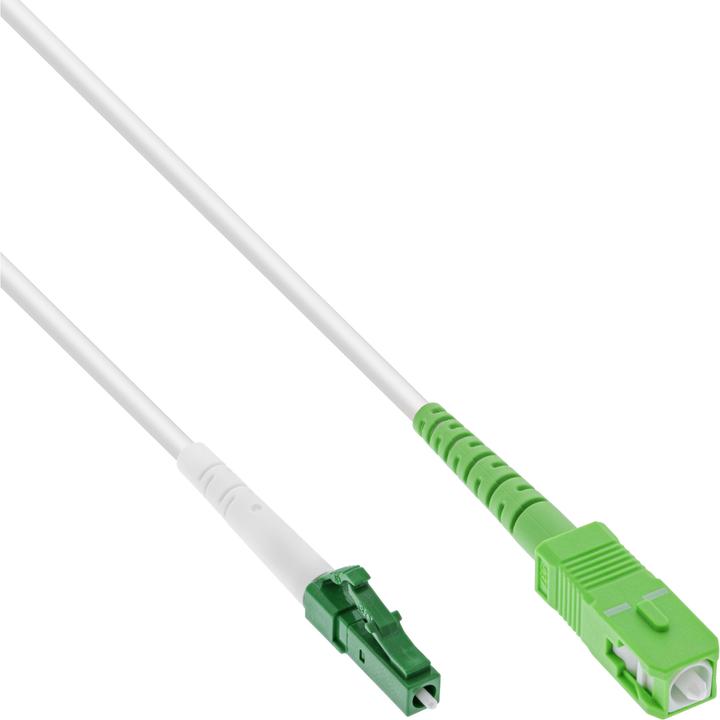
InLine Network cable
10 m
Cable category defines the specifications and performance capabilities of network cables, impacting data transmission speed and reliability. Choosing the appropriate cable category ensures optimal network performance, particularly in terms of speed and bandwidth, which is crucial for both home and business networking setups.
Popular options (you can select more than one)
CAT6
Typical price
9.– to 25.–Supports up to 1 Gbps speed and 250 MHz bandwidth, suitable for most home network setups.
Ideal for typical internet use, including streaming and browsing, offering reliable performance for everyday needs.
Bestseller
CAT6a
Typical price
10.– to 27.–Offers enhanced performance with speeds up to 10 Gbps and 500 MHz bandwidth.
Recommended for more demanding applications like high-definition media streaming and large file transfers, ensuring faster and more reliable connections.
Bestseller
CAT7
Typical price
12.– to 40.–Delivers speeds up to 10 Gbps with 600 MHz bandwidth, featuring improved shielding.
Perfect for professional environments where reduced interference is needed, providing high-speed and stable connections.
Bestseller
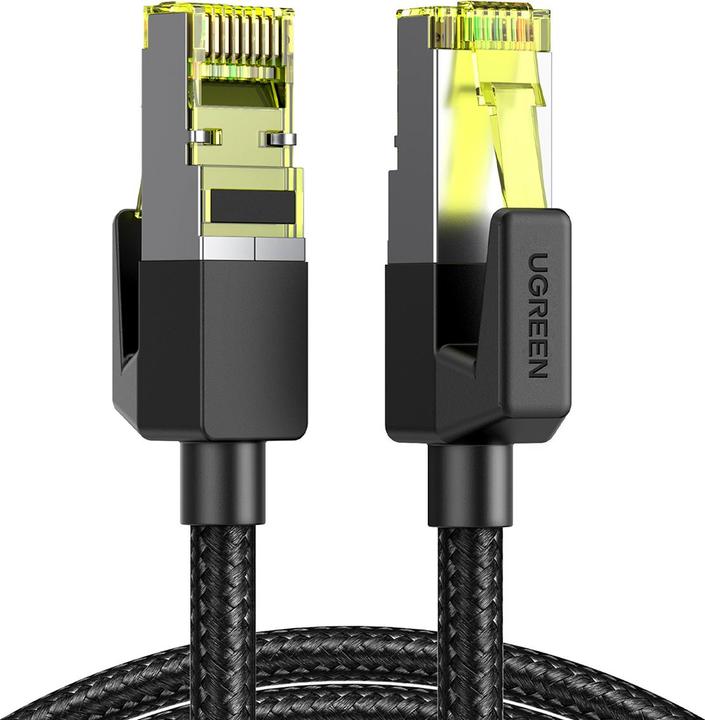
Ugreen Network cable
F/FTP, CAT7, 2 m
CAT8.1
Typical price
12.– to 31.–Supports speeds up to 25 Gbps and 2000 MHz bandwidth, designed for data centers and advanced networking.
Best suited for future-proofing networks with heavy data requirements, offering superior speed and performance.
Bestseller

Ugreen Network cable
F/FTP, CAT8.1, 1.50 m
CAT5e
Typical price
9.– to 33.–Provides speeds up to 1 Gbps and 100 MHz bandwidth, an upgrade from standard CAT5 cables.
Suitable for basic networking needs, such as home internet and small office setups, balancing cost and performance effectively.
Bestseller
The shield in network cables acts as a protective layer against electromagnetic interference, ensuring stable and reliable data transmission. Selecting the right type of shielding is crucial for maintaining optimal network performance, particularly in environments with significant electrical noise.
Popular options (you can select more than one)
S/FTP
Typical price
10.– to 27.–Features individual shielding for each twisted pair and an overall foil shield, providing robust protection.
Ideal for high-performance networks in environments with heavy interference, ensuring consistent data flow.
Bestseller
U/UTP
Typical price
9.– to 20.–Unshielded twisted pairs with no additional protection against interference.
Best suited for low-interference areas, offering a cost-effective solution for basic networking needs.
Bestseller
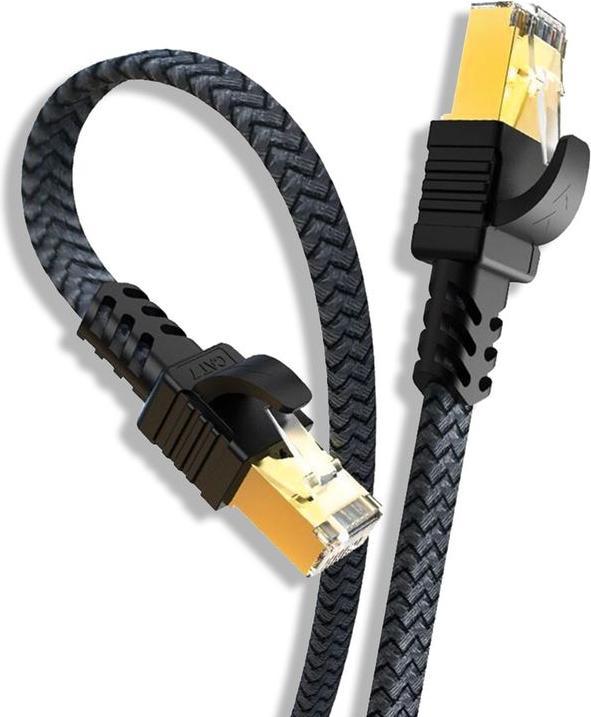
Hermex 20m network cable flat cable Ethernet LAN cable RJ45 Cat. 7 flat
U/UTP, CAT7, 20 m
SFTP
Typical price
9.– to 29.–Combines a foil shield around each pair with an overall braid, enhancing resistance to external interference.
Recommended for environments with moderate interference, balancing protection and cost.
Bestseller
SF/UTP
Typical price
12.– to 68.–Utilizes a foil shield and braided shield around the entire cable, but leaves individual pairs unshielded.
Provides good protection for environments with occasional interference, offering a middle-ground solution.
Bestseller
Contact assignment refers to the wiring configuration within network cables, determining how data signals are transmitted between devices. Selecting the correct contact assignment is essential for ensuring compatibility and optimal network performance, impacting data speed and reliability.
Popular options (you can select more than one)
straight
Features a direct wiring pattern where pins on one end connect directly to the corresponding pins on the other end.
Ideal for connecting different types of devices, such as computers to routers, ensuring seamless communication without configuration issues.
Bestseller
crossover
Utilizes a reversed wiring pattern where specific pins are crossed to connect like devices, such as computer to computer.
Beneficial for direct device-to-device connections, allowing efficient data exchange without needing additional network hardware.
Bestseller
The length of a network cable determines how far you can connect devices from each other, impacting setup flexibility and convenience. Selecting the appropriate cable length ensures efficient and clutter-free networking, especially in different room sizes or office spaces.
Popular options
0.5 - 2 m
Typical price
9.– to 22.–Ideal for short connections, such as connecting devices on the same desk or nearby shelves.
Provides a clean and organized setup without excess cable, suitable for small home offices or workstations.
Bestseller
3 - 7 m
Typical price
11.– to 29.–Suitable for medium-distance connections, accommodating setups that span across a room or between adjacent rooms.
Offers flexibility and ease in arranging devices without tangling, ideal for typical office layouts or home networking.
Bestseller
10 - 25 m
Typical price
17.– to 48.–Designed for long-distance connections, allowing devices to be linked across larger spaces or between separate rooms.
Ensures connectivity without signal loss over extended distances, perfect for larger offices or open-plan areas.
Bestseller

